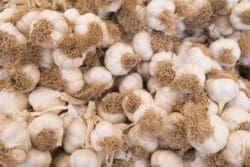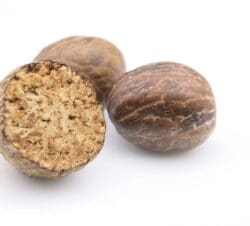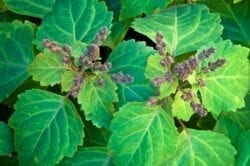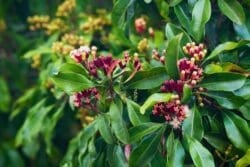
Lemongrass Production in India
Lemongrass is produced throughout the world, though the essential oil primarily comes from India and Guatemala. India produces the East Indian variety of lemongrass, which retains a higher citral concentration than its West Indies counterpart produced in Guatemala. As the largest producer of lemongrass in the world, India provides almost 80% of the product’s entire global output, pushing between 45 to 55 MT through the market every month. Indian lemongrass is harvested at least three times per year, with certain well-tended crops reaching up to 5 harvests per year. However, there are a number of factors to keep in mind regarding the production of lemongrass in India, the first of which being that leasing the land itself represents nearly 25-30% of total production costs. This is relevant given that India’s growing population size has put pressure on many lemongrass farming regions, forcing them to urbanize and rezone their operations elsewhere.
Lemongrass farmers typically determine how much material they will produce during each cut based on the previous year’s demand. This process also determines how much material will be available for stock versus carryover. If the price of lemongrass is too low, farmers may choose to skip one cut, distilling their existing material and using the labor for other purposes. Weather also significantly impacts the lemongrass market; this has been particularly important in recent years due to uneven rainy seasons and severe droughts, causing agricultural uncertainty throughout the region. These concerns have since coalesced with India’s COVID-19 outbreak, which has only complicated matters further. At the start of 2020, lemongrass prices were lower than they were in the previous 5 years, causing farmers to lose their motivation towards producing additional oil, even before the COVID-19 pandemic started. As such, they have been relying purely on carryover since the beginning of 2020.
Meanwhile, two opposite competing factors have emerged since the outbreak of the global pandemic. The first is that worldwide demand for disinfectants has skyrocketed, driving demand for lemongrass oil upwards immensely. The second is that farmers continue to have limited mobility due to lockdown measures from India’s government, creating an imbalance within the supply chain. This imbalance also affects pricing, quality, and availability for lemongrass, as farmers struggle to keep up with demand in any way they can. The effect of COVID-19 has been felt within the market since March 2020, leading to prices that have increased more than double in Q1 and Q2 of 2021. We are currently expecting new cuts and distillation of lemongrass to occur in July of 2021, though prices are almost guaranteed to remain firm. Lemongrass is now viewed as an essential ingredient in the global market, and the government has since allowed farmers and producers to return to their operations. Berje will continue to monitor this situation and provide regular updates whenever possible.
See all info of:





